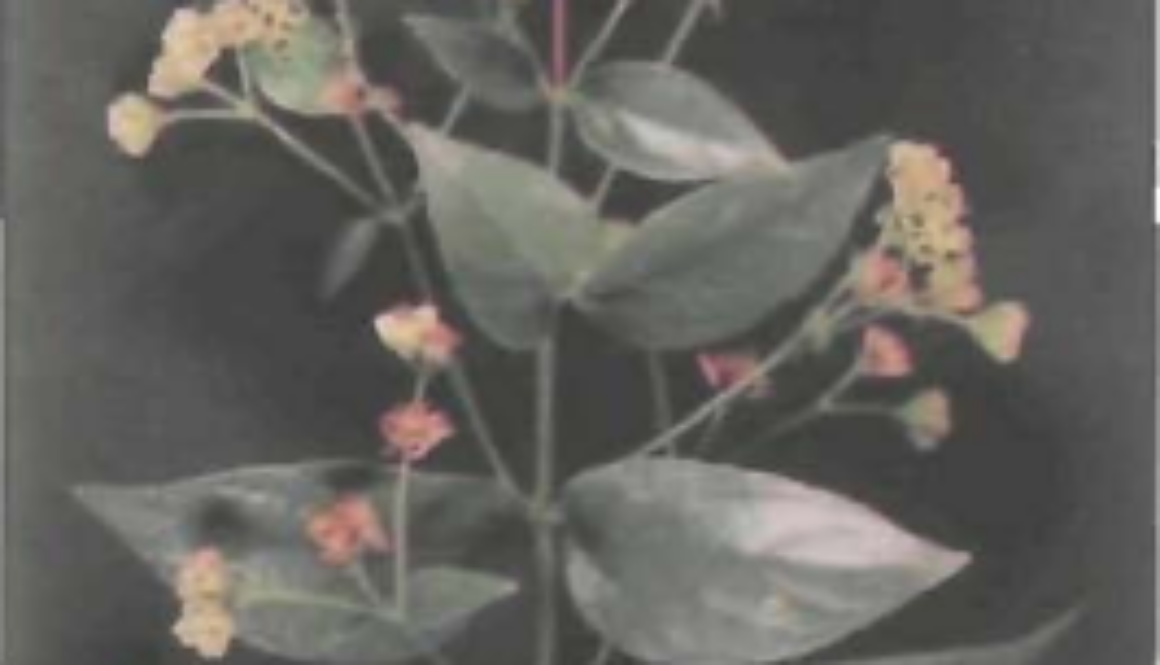Haar Singar
Abundant in forests, on dry hills sides, rocky terrain and also cultivated in the gardens for its flowers. It is a large shrub or small tree with quadrangular
drooping branches. Leaves are long ovate, opposite and densely pubescent.
Flowers tubular, fragrant, small white with orange centre are arranged in cymes. Fruit is a compressed, 2-locular capsule with two seeds. Flowering and fruiting in August to January.
Part used: Whole plant
Usage: The leaves, bark and inflorescence are used medicinally. Leaves are antibilous, expectorant and are useful for treating fever and rheumatism. Leaf paste is used as an external application to treat ringworm, scabies and eczema. Decoction of leaves effective in sciatica and malaria. In case of internal injury, bark is mixed with Terminalia arjuna and paste is rubbed over that part of body. It is also believed to set the broken bones. Inflorescence and young fruits are pounded in water and given to relieve cough. Seeds are useful in treating baldness and affection of scalp.
Agrotechniques : It can be grown through seeds and stem cuttings but its Agrotechniques are yet to be
standardized.

